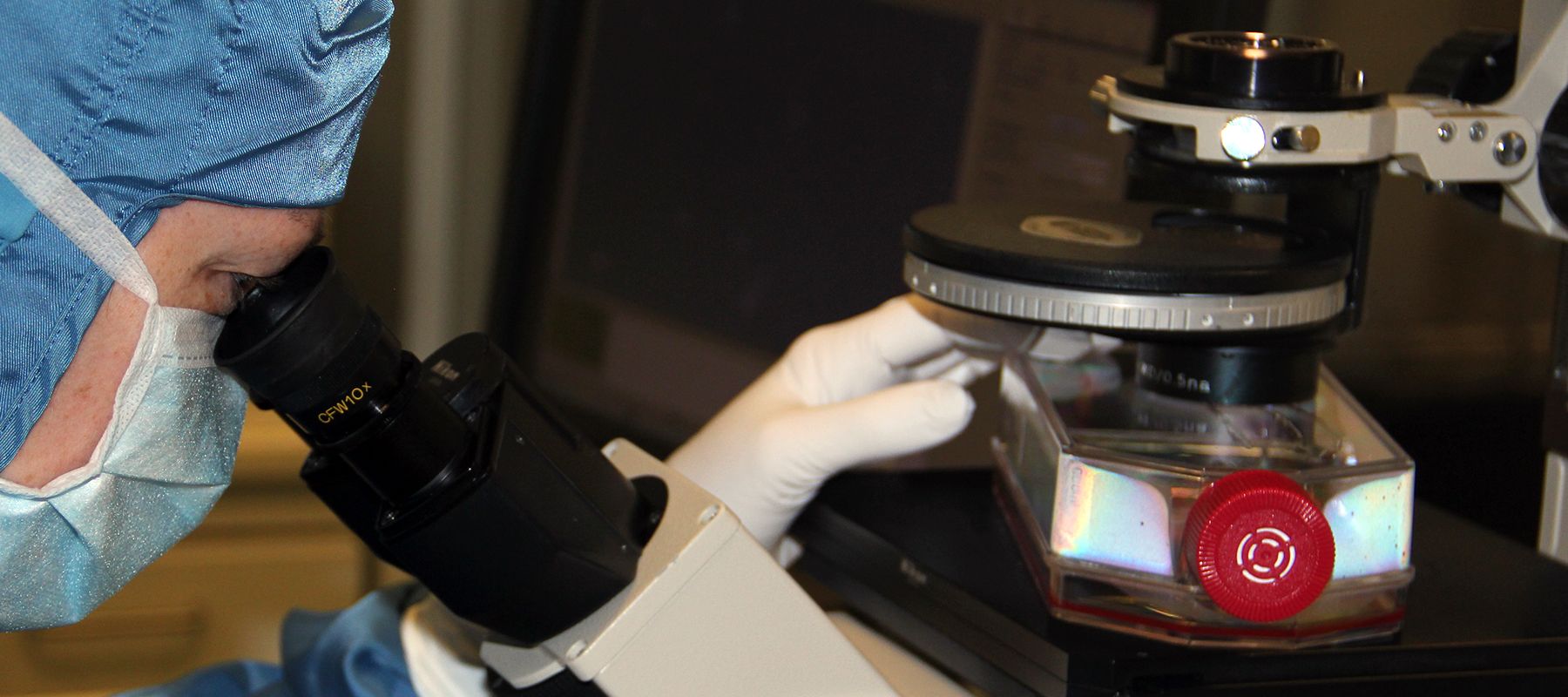ATMPs are medicinal products that are based on tissues, cells or genes. A distinction is made between ATMPs and tissues/cells for transplantation depending on how the tissue/cells are processed and/or used clinically. The definition of an ATMP is a product that has been substantially manipulated or a product not intended for the same essential function in the recipient and the donor, for more information, please read Regulation 1394/2007/EC and Reflection paper on the classification of advanced therapy medicinal products (see below for non-homologous use). A typical example where a product is used for another function is when bone-marrow derived stem cells are injected in the myocardium intended for post-myocardial infarction cardiac repair. Products for treating patients with cells that have been subjected to non-substantial manipulation are not considered as ATMPs. If it is unclear whether a product is an ATMP or not, contact Läkemedelsverket and Inspektionen för vård och omsorg.
The list below (Ref: Annex 1 of Regulation (EC) No 1394/2007) describes non-substantial manipulations that, in particular, should not be considered as substantial manipulations:
- Cutting
- Grinding
- Shaping
- Centrifugation
- Soaking in antibiotic or antimicrobial solutions
- Sterilisation
- Irradiation
- Cell separation, concentration or purification
- Filtering
- Lyophilisation
- Freezing
- Cryopreservation
- Vitrification
Further reading for tissue/cell transplantation (not ATMP):
The product idea includes:
- Identifying the starting material (i.e. tissues/cells, autologous/allogenic)
- Defining the product: mode of administration and mechanism of action
- Defining the production process.

